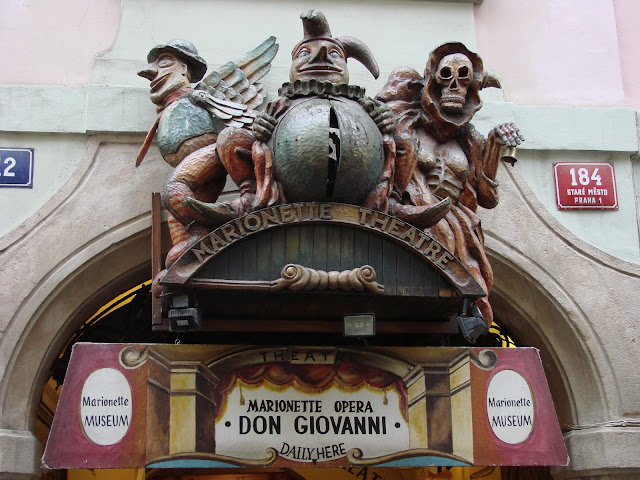Pulling the strings: the world of Czech marionettes
If you were to venture to the Old Town Square in the beating heart of Prague and seek out the municipal library, you would stumble across something very special indeed. Despite the lettering reading Don Giovanni, this place is no ordinary theater, as the slumped marionettes atop the entrance way testifies. This is the National Marionette Theatre, a beautiful art deco building that's home to some of the greatest puppeteers in the world.
With current productions like The Magic Flute, this is an opera venue like no other, where the performers are carved from lime wood and controlled by a system of strings to manipulate the limbs.
The Czech Republic has a long history of puppet-making, starting around the 18th century, although the country enjoyed puppetry through the middle ages. Marionette performances played a key role in the resurrection of the national Czech identity in the early 19th century, used as a vehicle to teach ideas about the enlightenment to the common folk. During the 20th century it was hard to find any location in the Czech Republic, be it city or village, that didn't have some kind of puppet theatre. As a result, the Czech are known for birthing master puppeteers like Miroslav Trejtnar, whose courses are in high demand from those who want to learn this traditional art.
Czech marionettes themselves are complex, with a central rod as well as string controlling limbs, and sometimes mouth and ears. They require many hours of practice to master, but fortunately places like the National Marionette Theatre host puppet workshops for budding puppeteers from a new generation.


Comments
Post a Comment